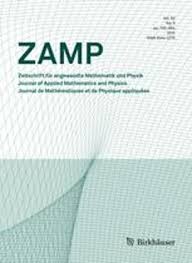During last decades, the question of the effect of ocean tides on seismicity has been widely investigated. The issue of whether tidal forces really affect seismicity has been raised many times in the literature.
In the present study the differential probability gain approach (Shebalin et al., 2012; Shebalin et al., 2014) is used to estimate quantitatively the change in aftershock rate at various levels of ocean tides, relative to an average Omori-Utsu model that supposes no dependence on tides. The differential probability gain function is a numeric factor indicating how much the rate of aftershocks is increased or decreased on average at specific values of the tide heights.
More“Aftershock Rate Changes at Different Ocean Tide Heights”

 In the
In the